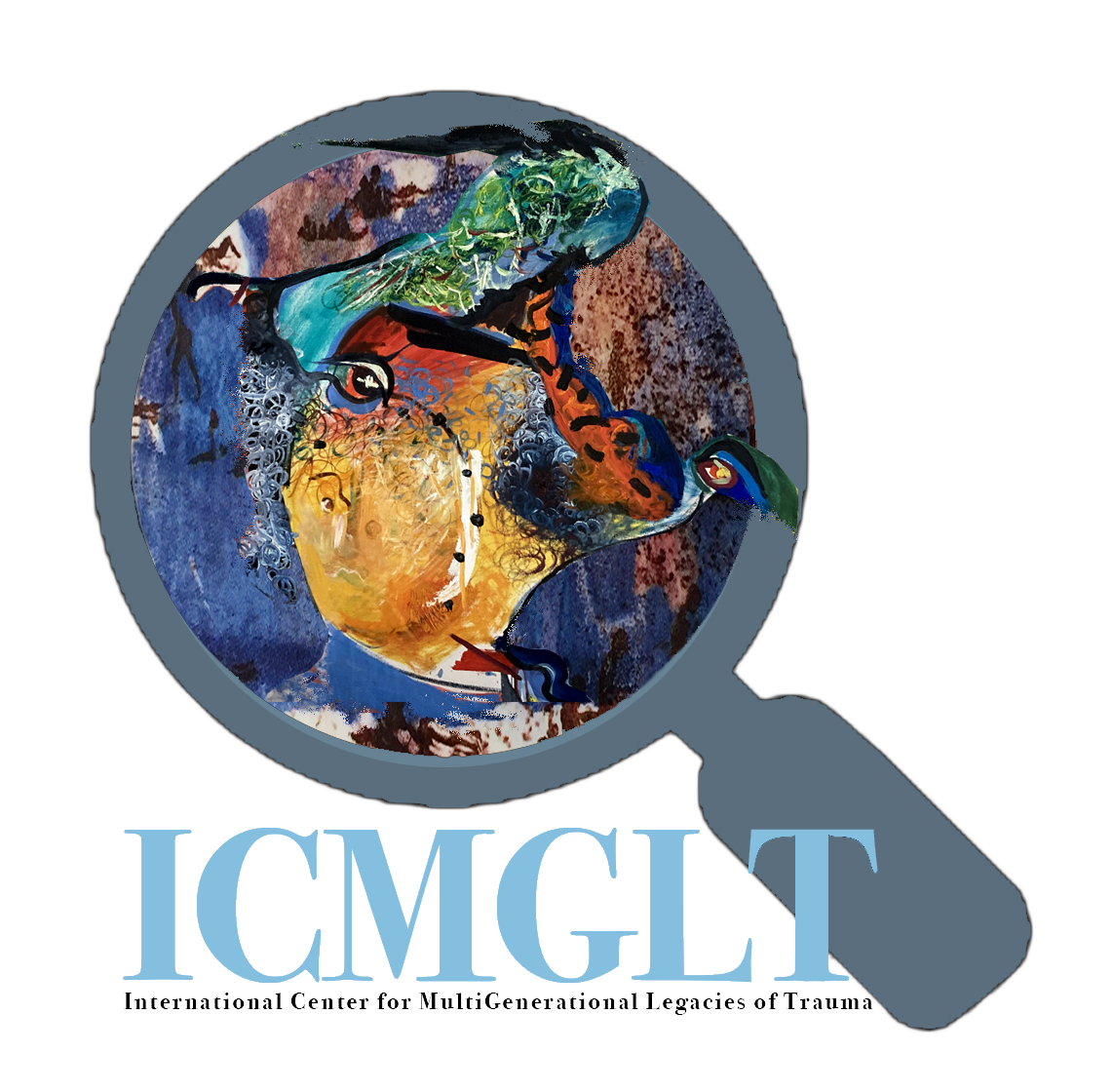de Oliveira Santos, S. E. (2015). Entangled Stories: the Significance of the’Story’in Ceremony, by Leslie Marmon Silko.
Abstract
This work analyzes Leslie Marmon Silko’s Ceremony (1977) in order to investigate the several stories that compose the novel, discussing their form and function, and how they contribute to the development of the plot. The plot is constructed of many fragments in prose narrative and embedded texts in the form of poetry. These embedded texts are mostly mythic narratives from Laguna and Navajo oral traditions and they are closely related to the story of Tayo, the main character in the novel. Tayo, after returning from World War II suffering from posttraumatic stress disorder (PTSD), goes on a journey in order to complete a ceremony intended to heal him. During his journey towards healing, Tayo has the chance to deal with his traumatic memories, reconnect with the land, assess his relationship with his family and establish his place at home, and cope with his condition of liminality. However, the healing process described is only possible due to the stories Tayo hears and remembers. Only when he understands the connections between all the stories, can he complete his ceremony. It is these connections I seek to explicate in my discussion, bringing to the fore questions such as: the performance of war stories as a way to deal with cultural trauma; the importance of performance for the preservation of Native American heritage; and the role of stories in identity formation. In my discussion, I also assess the claim that Ceremony is a postmodernist novel through the analysis of its structure in light of postmodernist theories, and examine hybridity as a recurrent motif in the novel.

